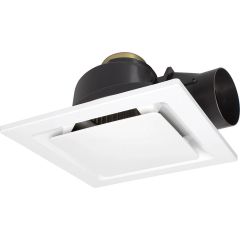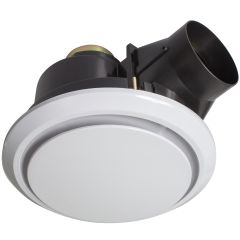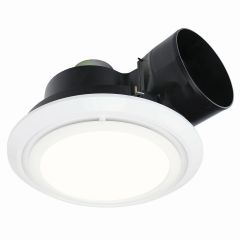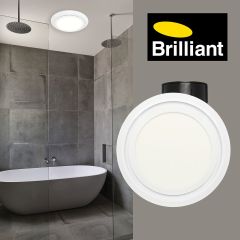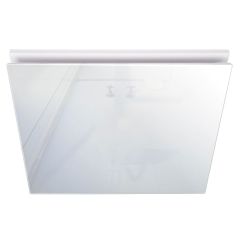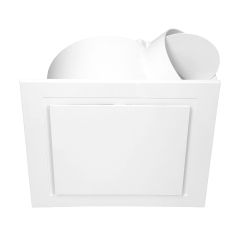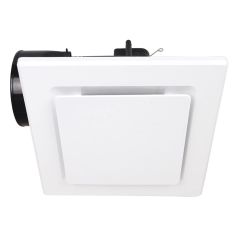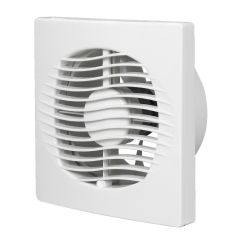Exhaust Fans without Light: An exhaust fan without a light serves a singular purpose - to enhance ventilation and eliminate unpleasant odours, excess moisture, and airborne contaminants from enclosed spaces like bathrooms and kitchens. Its primary function revolves around improving air quality and maintaining a fresh, comfortable environment by effectively removing unwanted elements.
Exhaust Fans with Light: An exhaust fan with a light offers a two-fold purpose, as it seamlessly merges ventilation capabilities with the added benefit of lighting. By effectively removing odours, moisture, and pollutants, it ensures improved air quality and a fresher environment. Additionally, the integrated light fixture provides illumination, enhancing visibility in the room. This combination of features makes an exhaust fan with a light a versatile and practical choice, serving both ventilation and lighting needs simultaneously.
Wall & Window Exhaust Fans: Wall and window exhaust fans have a clear purpose: to offer ventilation and promote airflow in spaces where conventional ceiling-mounted exhaust fans are not practical or viable. These fans are installed directly on walls or windows, making them a space-saving alternative. This is especially advantageous in compact rooms or areas where ceiling space is restricted. By opting for wall and window exhaust fans, effective ventilation can be achieved without compromising valuable floor or ceiling space.
Inline Exhaust Fans: Inline exhaust fans are commonly placed directly within the ceiling cavity, positioned between sections of ducting. They are particularly favoured in locations where there is limited clearance or inadequate roof space to accommodate a traditional ceiling exhaust fan. By being installed within the roof cavity, inline fans provide a space-saving solution. Additionally, this placement often leads to reduced noise levels, as the fan is positioned away from the room, minimizing direct noise transmission.




